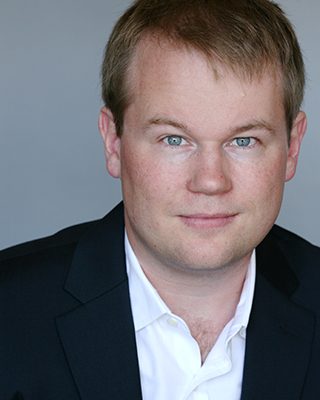Faculty

Michael Bedford Taylor
Professor
Professor, Department of Electrical & Computer Engineering (joint appointment)
Expertise: Architecture & Parallel Computing; Generative AI
Professor Taylor joined the University of Washington’s Paul Allen School of Computer Science & Engineering and Department of Electrical & Computer Engineering in September 2017. Prior to his arrival at UW, he was a Visiting Research Scientist at Google, working on datacenter accelerators, and a tenured professor at the University of California San Diego Computer Science and Engineering Department from 2005 to 2016.
Prof. Taylor received a Ph.D. in Electrical Engineering and Computer Science from MIT. His research centers around computer architecture, but spans the stack from VLSI to compilers. He was lead architect of the 16-core MIT Raw tiled multicore processor, one of the earliest multicore processors, which was commercialized into the Tilera TILE64 architecture. Recently, in 2017, Intel Skylake SP has adopted his scalable mesh of cores architecture that he proposed.
Prof. Taylor co-authored the earliest published research on dark silicon, including a paper that derives the utilization wall that causes dark silicon, and a prototype massively specialized processor called GreenDroid. He also wrote a paper that establishes the definitive taxonomy, the Four Horsemen, for the semiconductor industry’s approaches to dealing with the problem, and a follow-on paper on the Landscape of the Dark Silicon Design Regime. Prof. Taylor’s research on dark silicon fed into the ITRS 2008 report that led Mike Mueller of ARM to coin the term “dark silicon”. More recently, he wrote the first academic paper on Bitcoin mining chips. His work in 2015 made the case for ASIC Clouds — datacenters full of ASICs — and the same work predicted both the Google TPU and the Google VPU (video transcoding unit for YouTube). He leads the DARPA-funded HammerBlade, and BlackParrot projects, two open source hardware efforts. He has taped out 4 chips in FinFet process nodes.
